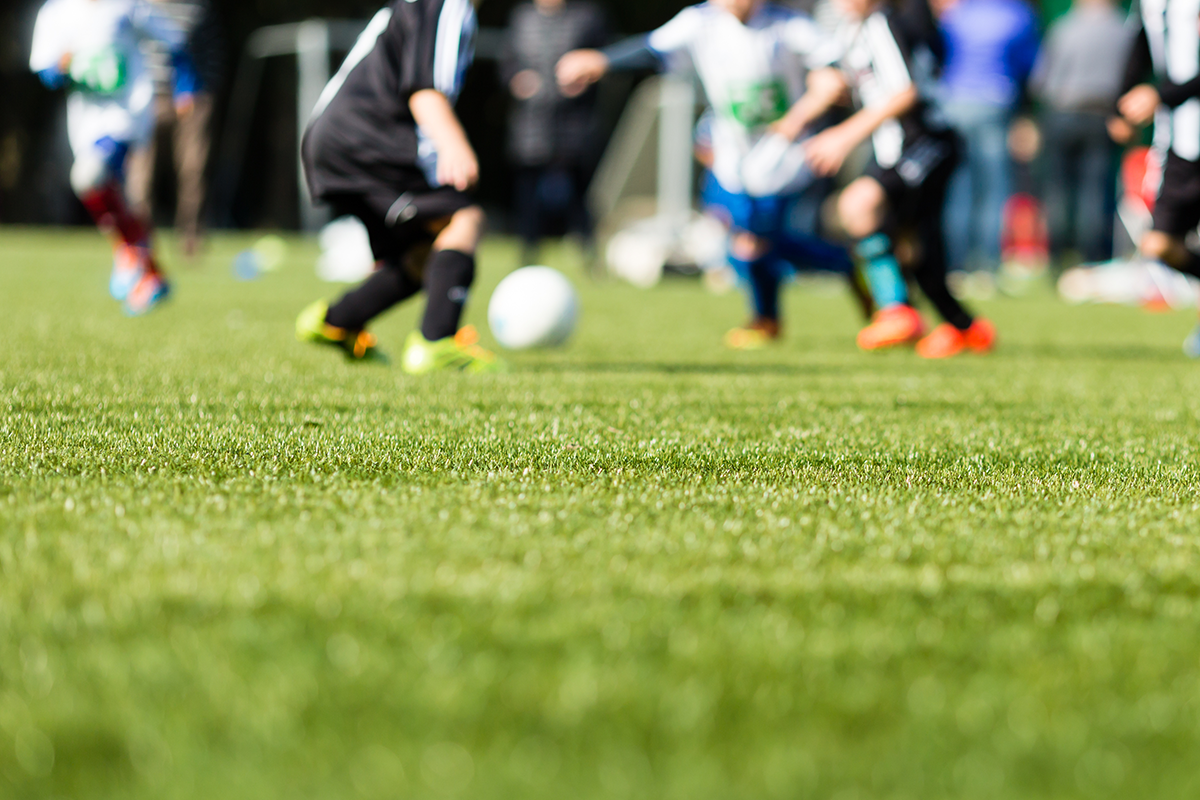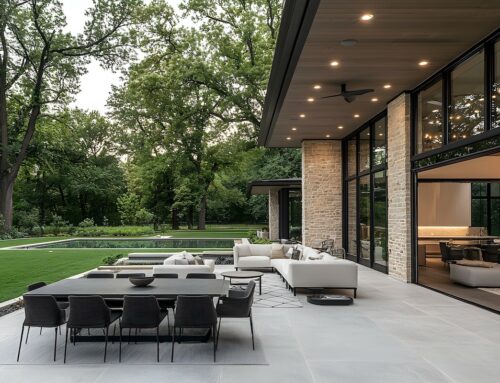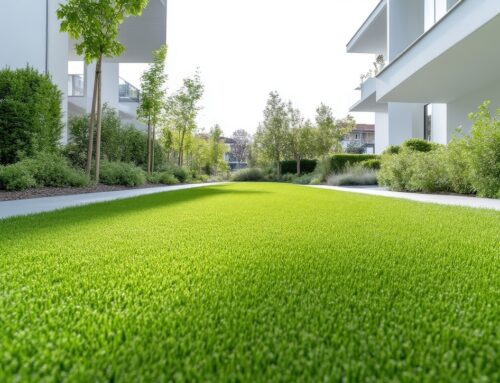Last Updated on July 28, 2022 by ReTurf
Artificial turf athletic fields have many advantages over natural turf athletic fields. Perhaps the most obvious advantage is that they require much less maintenance than regular grass fields, but there are plenty of other reasons why artificial turf is the clear winner.
Here are 7 key advantages of artificial turf over regular grass in sports field applications:
It’s Usable In More Types of Weather
Artificial turf can be used in a wider variety of weather conditions, whereas natural grass fields are often too wet or muddy to use in inclement weather.
This means that athletes can practice and play on artificial turf fields in most kinds of weather—and games and practices can be held as scheduled, even if the weather is not ideal.
All it takes is a typical downpour—let alone a heavy rain—to turn a regular grass field into a muddy mess that is unusable. Artificial turf fields are less affected by rain or other weather conditions. Allowing play on a muddy grass field during rain can require costly replanting afterwards—but artificial turf can simply be hosed off and will be ready to use again immediately.
Additionally, mud can be a major problem (and injury hazard) on natural grass fields, making artificial turf not only a much more reliable choice of playing field—but a much safer one as well.
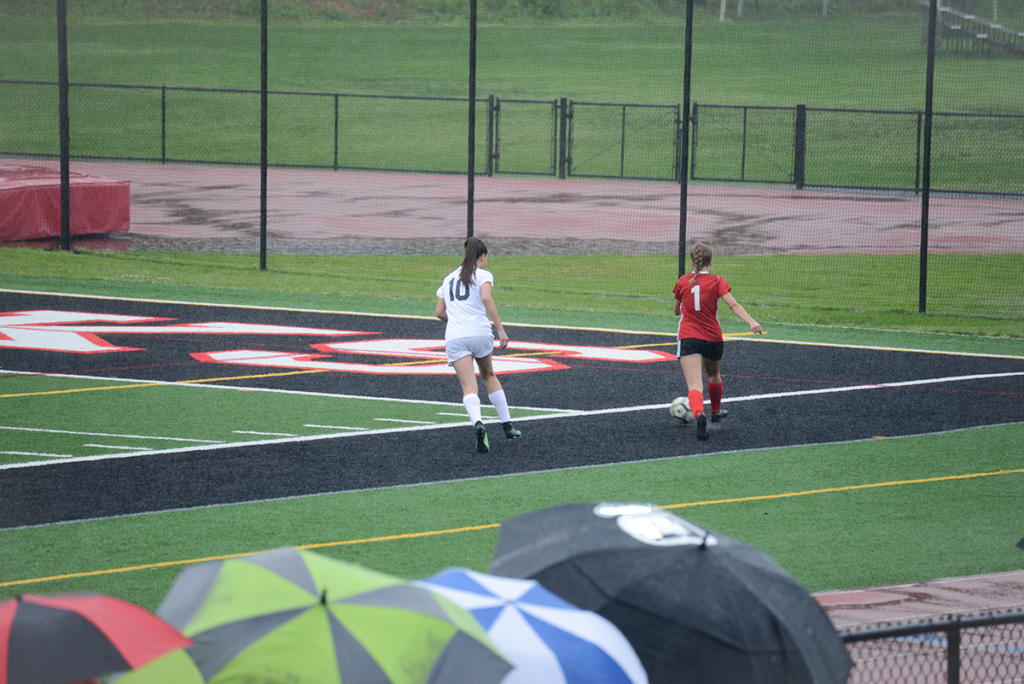
It’s Always Perfectly Manicured
Another significant advantage of artificial turf over natural grass is that it requires much less time to prepare for use.
A natural grass field needs to be mowed, watered, and otherwise tended to on a regular basis in order to look its best. However, an artificial turf field can simply be brushed off or cleaned with a hose as needed—and it will always look perfectly manicured.
This means that there is also no need to close an artificial turf field in order to give the grass time to grow—the field can be used as often as necessary without any negative effects. This is ideal for schools and other organizations that rely on their fields for sports and other activities.
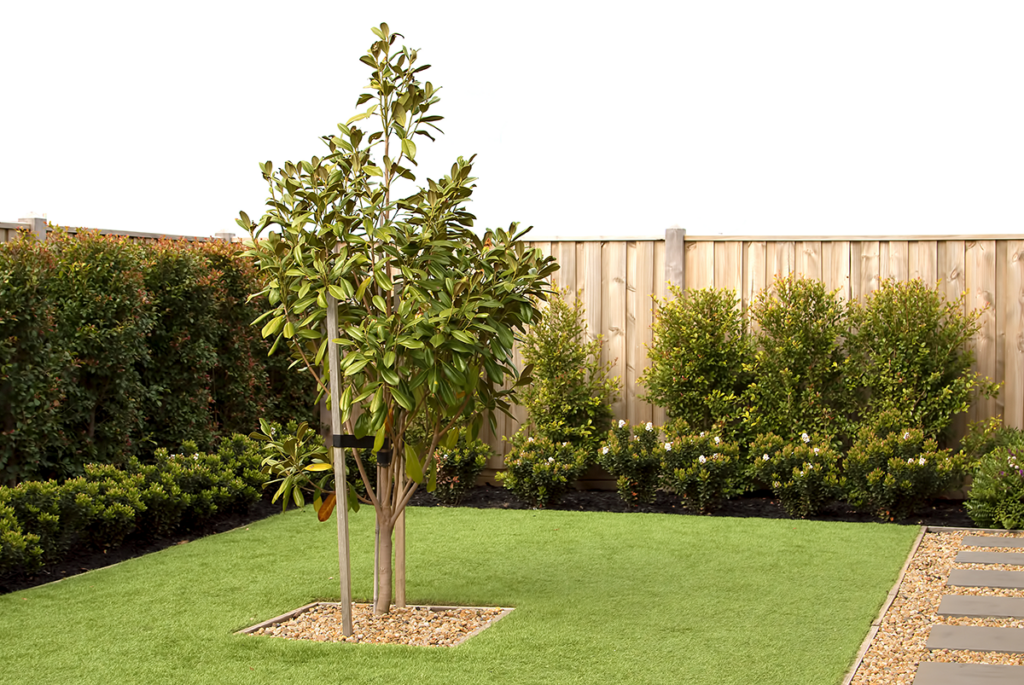
It Requires Less Maintenance
As mentioned above, artificial turf fields require much less maintenance than natural grass fields—a significant advantage, both in terms of time and money. Artificial turf will never need to be mowed, watered, or fertilized.
In contrast, natural grass fields need to be mowed regularly (at least once a week), watered frequently (several times a week in hot weather), and often reseeded or replanted. These needs can add up to a significant amount of time and money over the life of the field.
It’s More Durable
Another big advantage of artificial turf is its increased durability—artificial turf will not wear down as quickly as natural grass, even with heavy use. This is due to the fact that artificial turf fibers are much stronger and more resilient than natural grass blades.
This means that an artificial turf field can withstand much more wear and tear than a natural grass field—and it will usually last for many years with proper care and maintenance. In contrast, a natural grass field will often need to be replaced after just a few seasons of use.

No More Pest Problems
In addition, artificial turf fields are not affected by insects or other pests in the same way that natural grass fields are.
This means that they will not develop bald spots or other damage caused by insects, vermin, and rodents—and they will not need to be treated with pesticides or other chemicals.
This is not only better for the environment—it’s also safer for athletes and other users of the field and surrounding areas.
The Playing Field is Level
A final advantage of artificial turf is that it provides a more consistent playing surface than natural grass. This is because the turf fibers are all the same length, and they are all evenly distributed.
Additionally, you don’t end up with bare spots or frequent rough/uneven areas—which can be a major problem with natural grass fields. And, because the playing surface is more level, there is less risk of injuries due to uneven footing.

It’s More Eco-Friendly
Another advantage of artificial turf is that it is more eco-friendly than natural grass. This is because artificial turf fields do not require the use of pesticides, herbicides, or other chemicals.
In addition, artificial turf fields do not need to be watered like natural grass fields, which saves a significant amount of water. And, because artificial turf fields last much longer than natural grass fields, they also require less frequent replacement—which further reduces the environmental impact.
And when you select recycled, professional-grade used artificial turf from ReTURF—you’re taking eco-friendliness to the next level.

Summary
Artificial turf has a number of advantages over natural grass, including reduced maintenance, increased durability, and improved safety. It’s also more eco-friendly and provides a more level playing surface. These advantages make artificial turf the ideal choice for a variety of sports fields.

